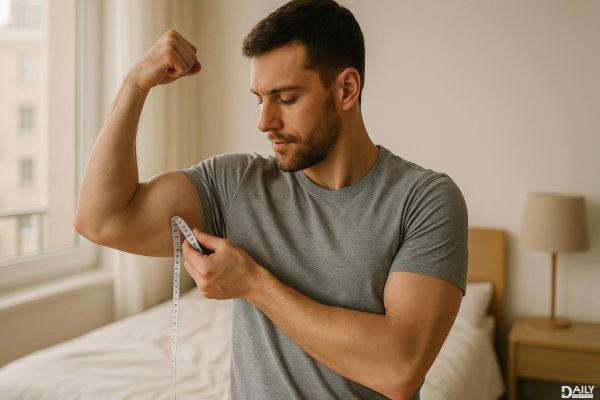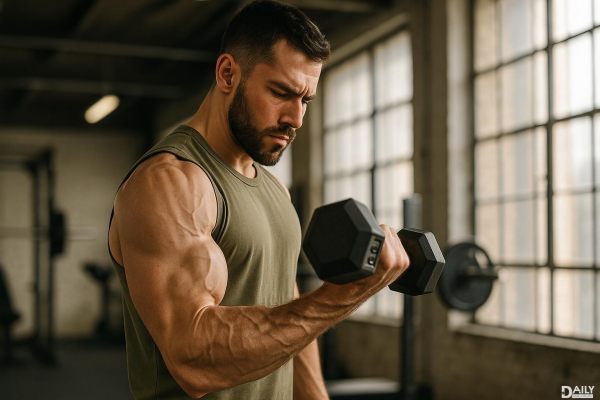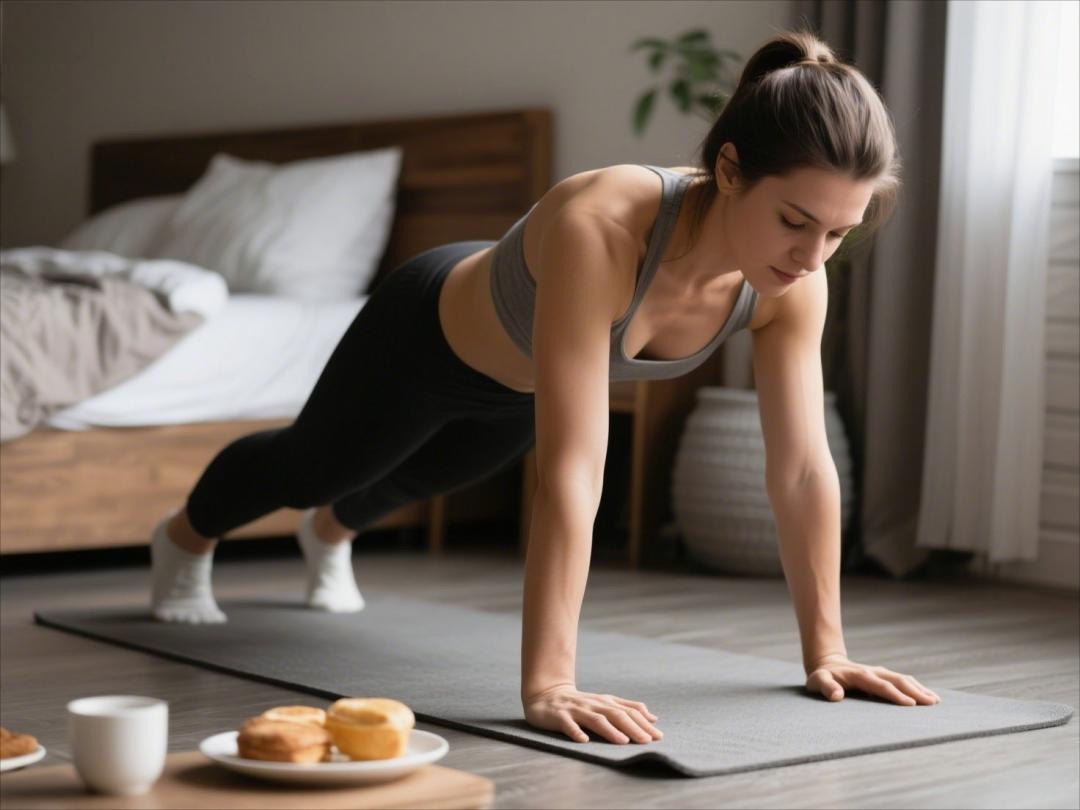At the start of 2024, I found myself staring down the same old New Year’s resolution crossroads: to gym or not to gym? As a plus-size nonbinary person, that question isn’t just about reps and protein shakes—it’s tangled up in body image, gender euphoria, and the ghosts of gym class trauma. The moment I even considered typing "workout plan" into my notes app, my chest tightened with a mix of dread and longing. Sound dramatic? Maybe. But if you’ve ever walked into a weight room feeling like a misfit toy in a Barbie Dreamhouse, you get it.
For years, I’ve fantasized about moving my body in ways that feel empowering instead of punishing. I wanted to chase that post-workout high where your muscles hum with satisfaction, to watch myself grow stronger without shrinking my identity. But gyms have always felt like minefields—places where my size and gender seemed to scream "wrong" under the fluorescent lights. Even now, with more self-assurance than ever (shoutout to my T4T relationship and queer community for the gender-affirming glow-up), the idea of "getting fit" came with emotional landmines. Could I rewrite my relationship with fitness without falling into old traps? Turns out, the answer wasn’t in a treadmill manual—it was in unlearning everything I thought I knew about exercise.
Why the Gym Felt Like a War Zone
it was a tool to fix it. Even queer-friendly spaces sometimes missed the mark, with progress measured in waistline inches rather than joy. No wonder my brain treated elliptical machines like threat alerts.
The Breakthrough: Fitness Without the Baggage
My turning point came when I ditched the rulebook. Instead of forcing myself into spin classes where I felt like a "before" photo, I explored movement that actually sparked excitement. Queer-run strength training? Hell yes. Plus-size yoga where no one side-eyed my modifications? Sign me up. I stopped tracking calories burned and started celebrating what my body could do—like nailing a deadlift PR or finally holding a crow pose without face-planting. The game-changer? Treating fitness as self-expression, not self-punishment. When I stopped seeing exercise as a chore and started treating it like a rebellion—against diet culture, against gender norms, against the idea that my body wasn’t "built" for this—everything clicked.
Building a Routine That Doesn’t Suck (or Trigger Dysphoria)
Practical tips for anyone navigating similar hurdles: First, audit your environment. Does your gym have gender-neutral changing rooms? Are trainers weight-inclusive? If not, online communities like @FatGirlsHiking or apps like Flex offer safer alternatives. Second, redefine "progress." Maybe it’s lifting heavier, maybe it’s showing up consistently without spiraling—both count. Third, gear matters. A binder-friendly sports bra or shorts that don’t ride up can make all the difference for dysphoria. And finally, give yourself permission to bail. If a workout leaves you feeling worse mentally? That’s not failure—it’s data. Try kickboxing next time.
The Unexpected Perks of Moving for Me—Not Them
Here’s the plot twist: When I stopped exercising to meet external expectations, my body responded in ways I never anticipated. My chronic back pain eased up. My energy levels stabilized. And yeah, my jeans fit differently—but not in the way diet culture promised. Instead of obsessing over the scale, I caught myself marveling at how my thighs could now power through a hike without quitting. The biggest win? Gym anxiety faded because I wasn’t there to perform for anyone’s gaze, including my own inner critic. Movement became less about changing my body and more about celebrating what it’s always been capable of.
If you’re hesitating to start your fitness journey because of past ghosts or present doubts, here’s your sign: You don’t have to fit the mold to deserve strength, joy, or a killer playlist for your next workout. The goal isn’t to conquer the gym—it’s to reclaim it on your terms. And if anyone gives you side-eye for doing squats in a they/them tank top? Consider it their problem, not yours.
























